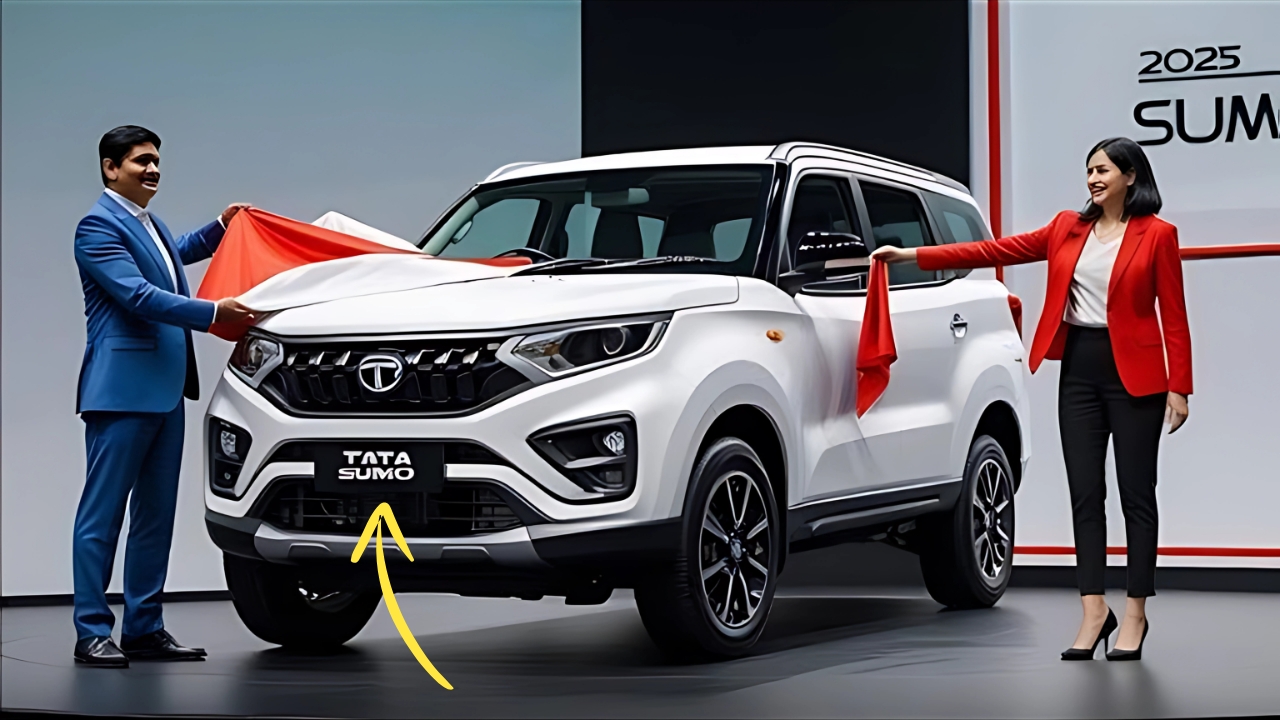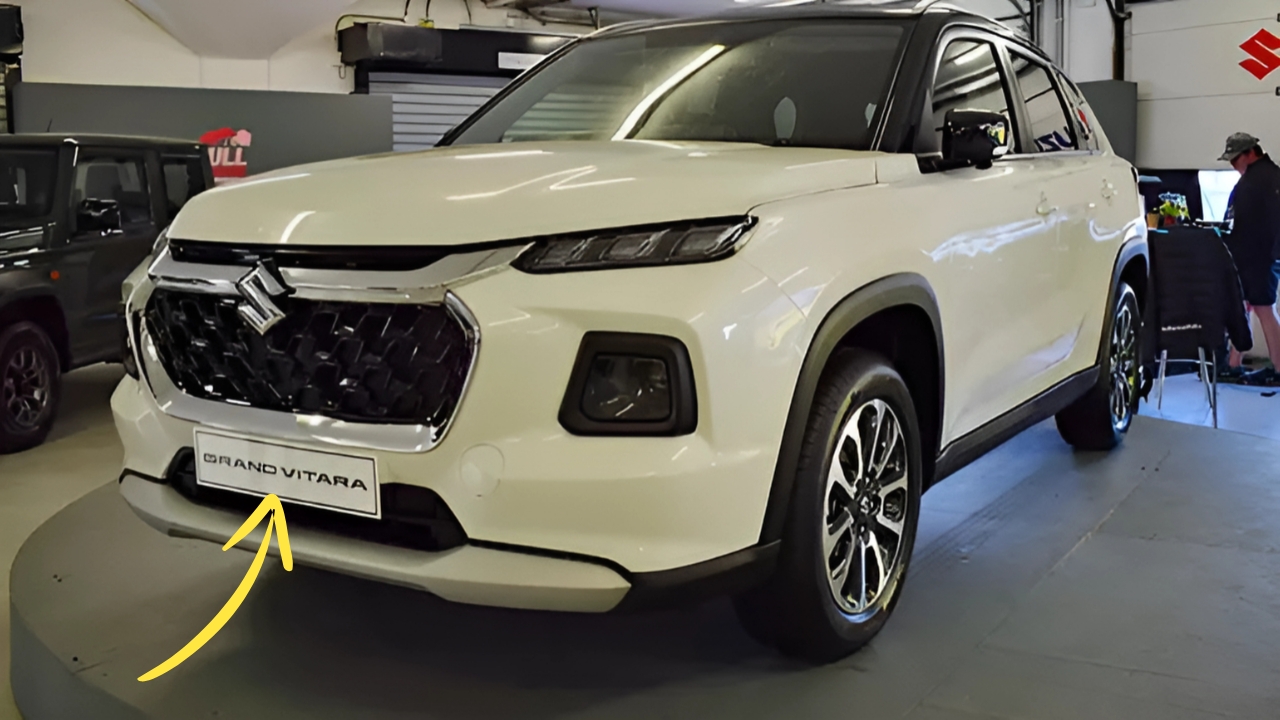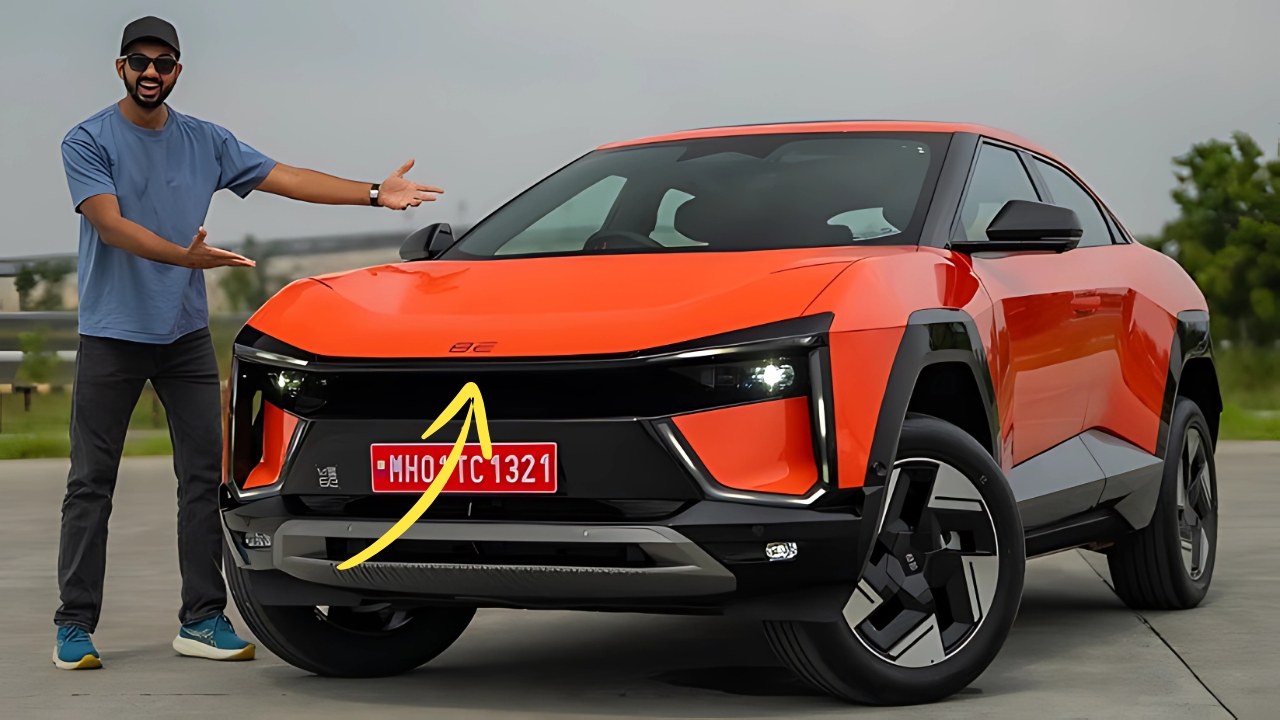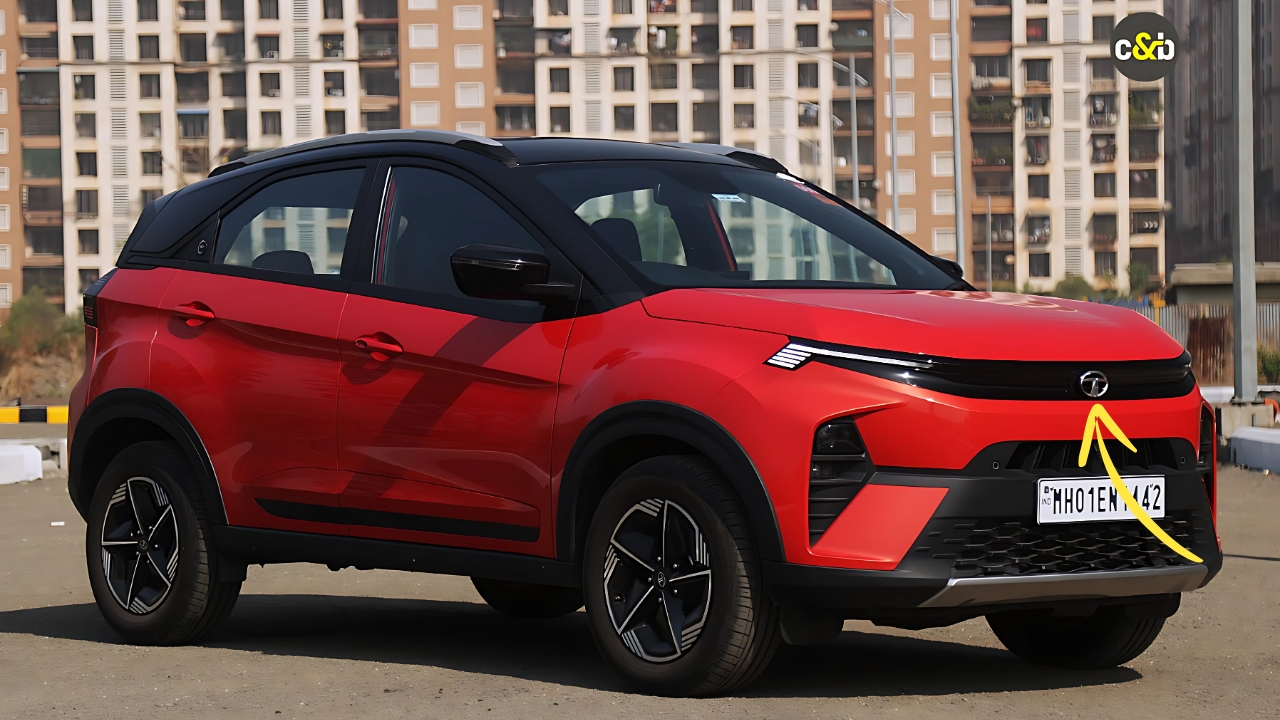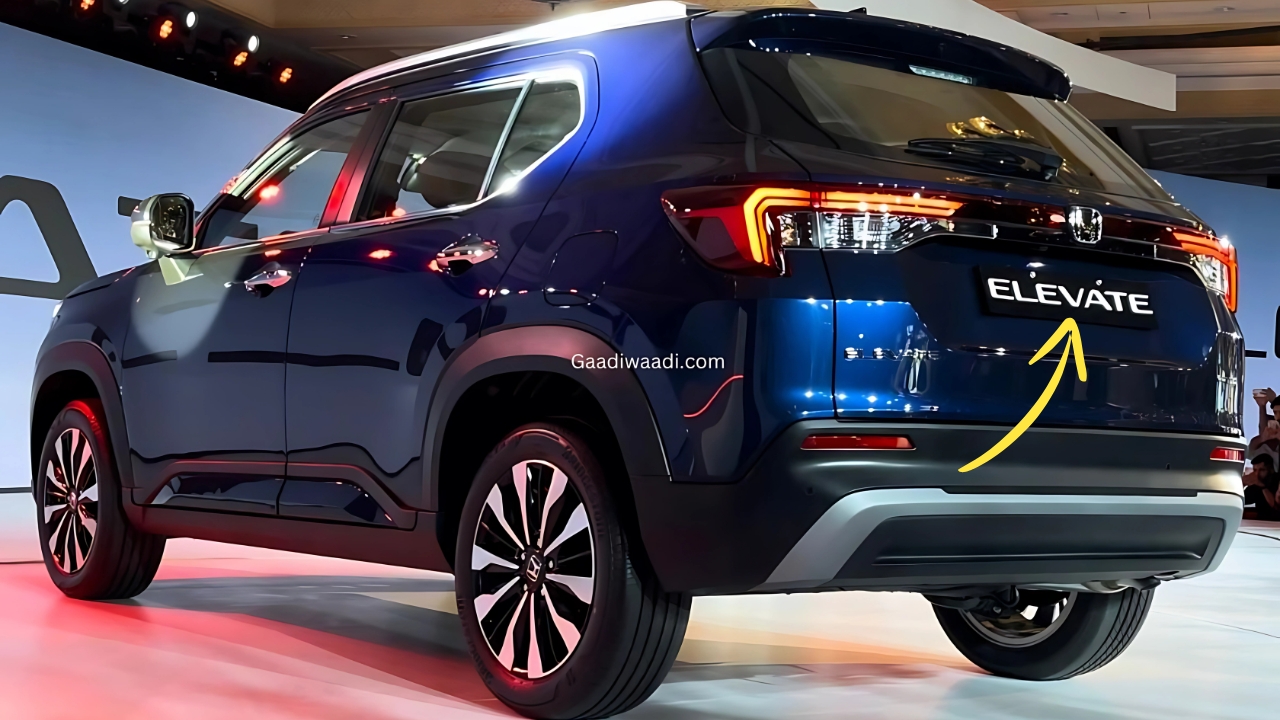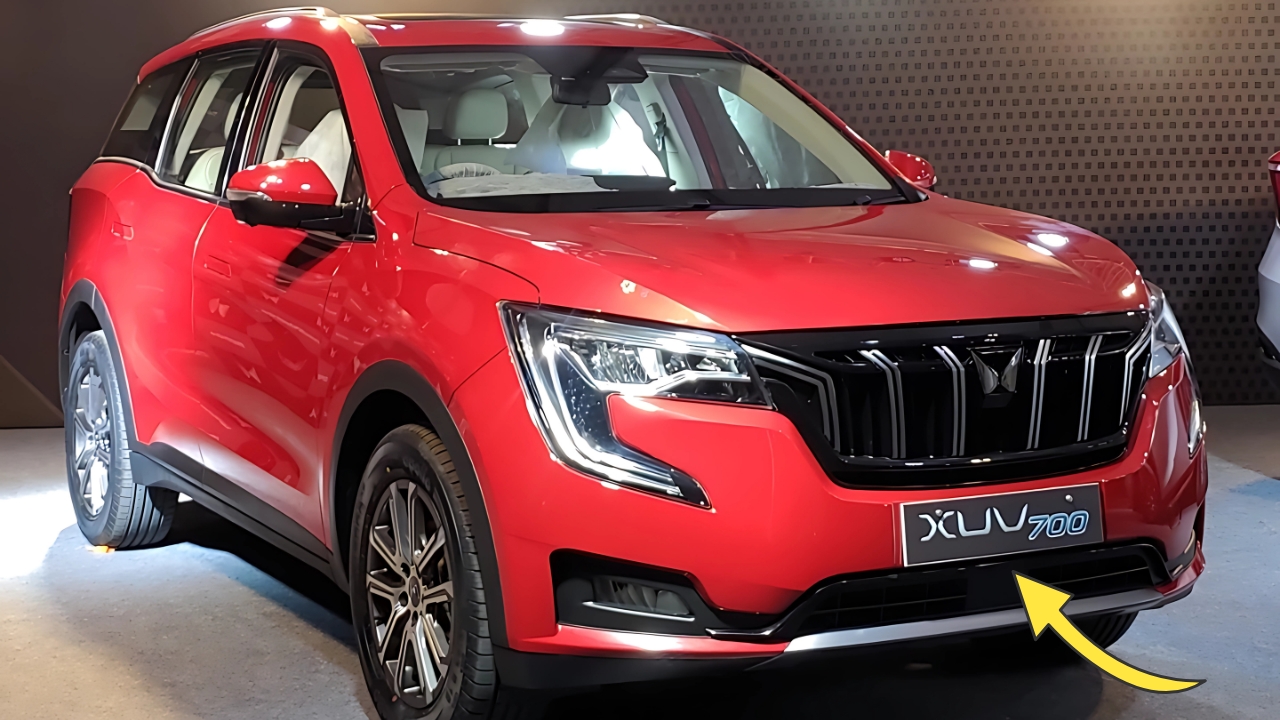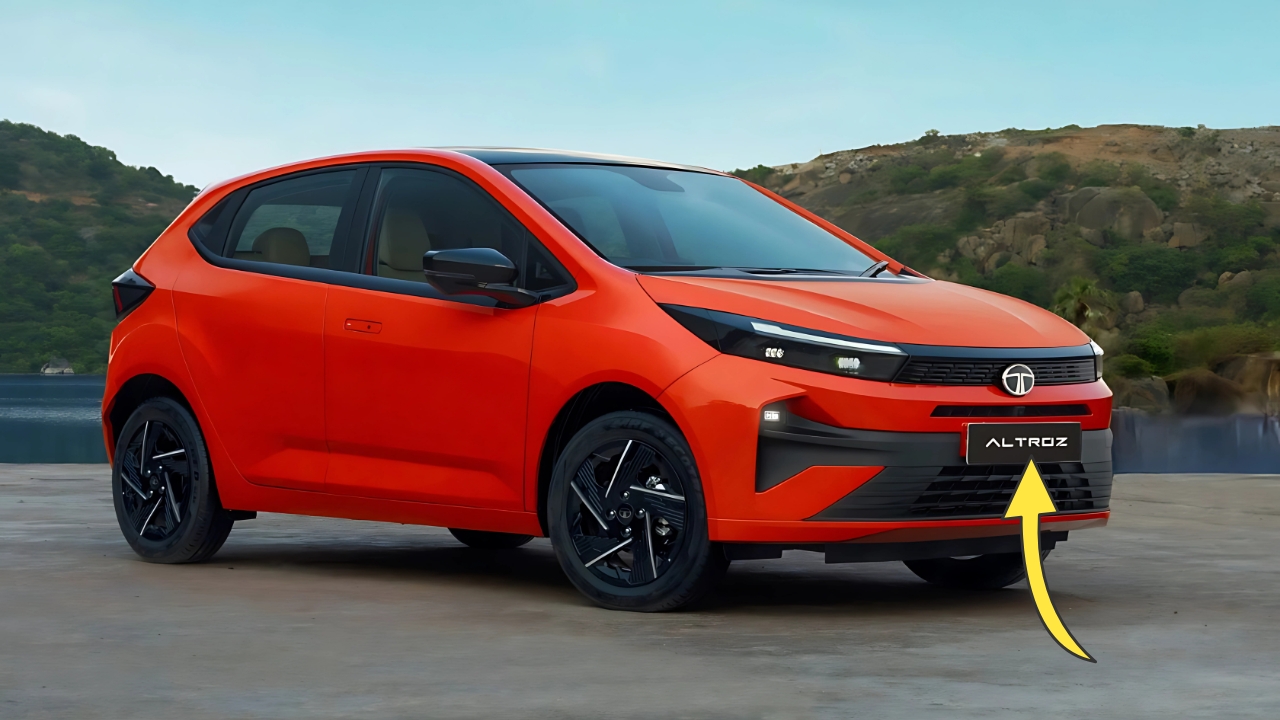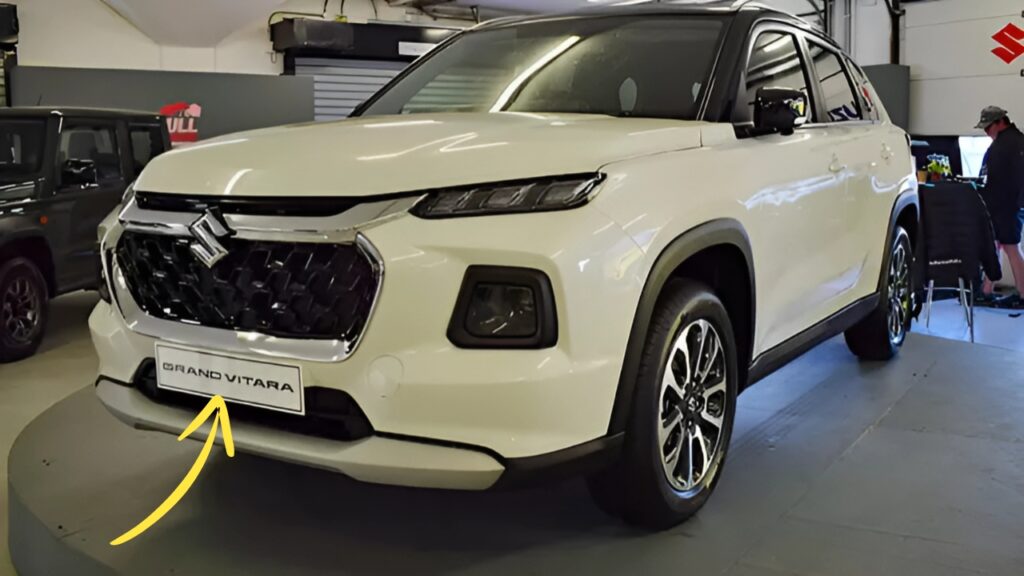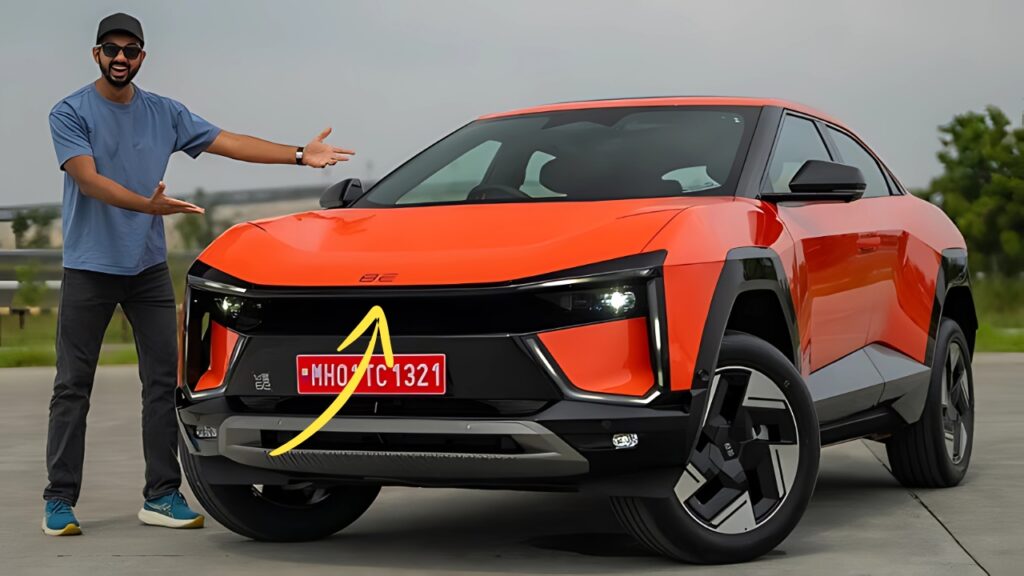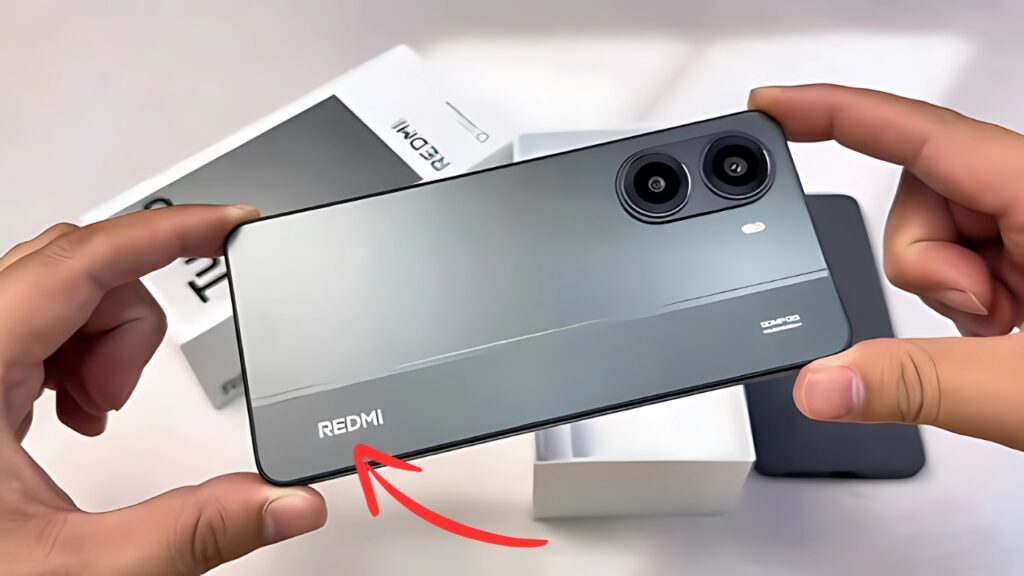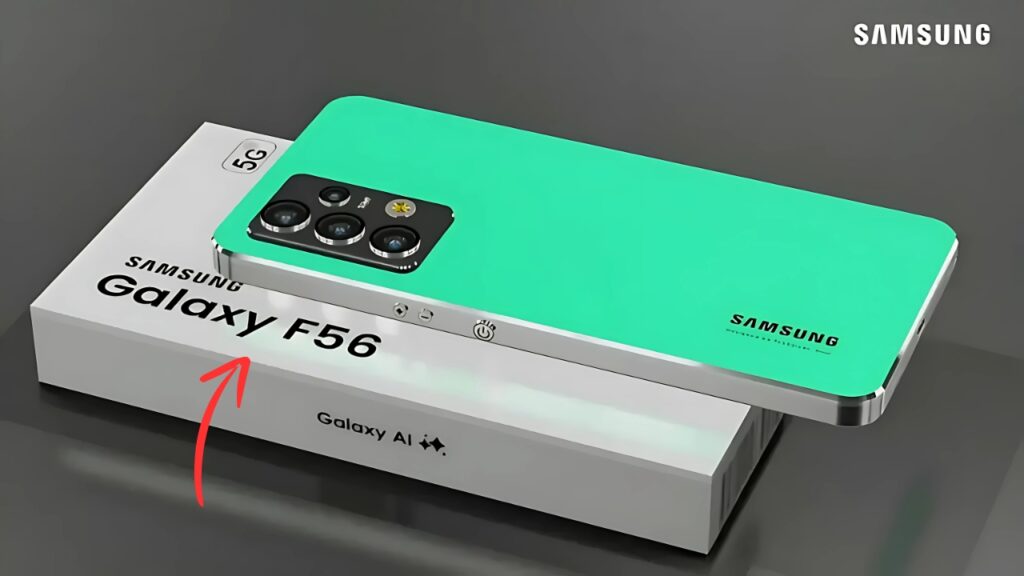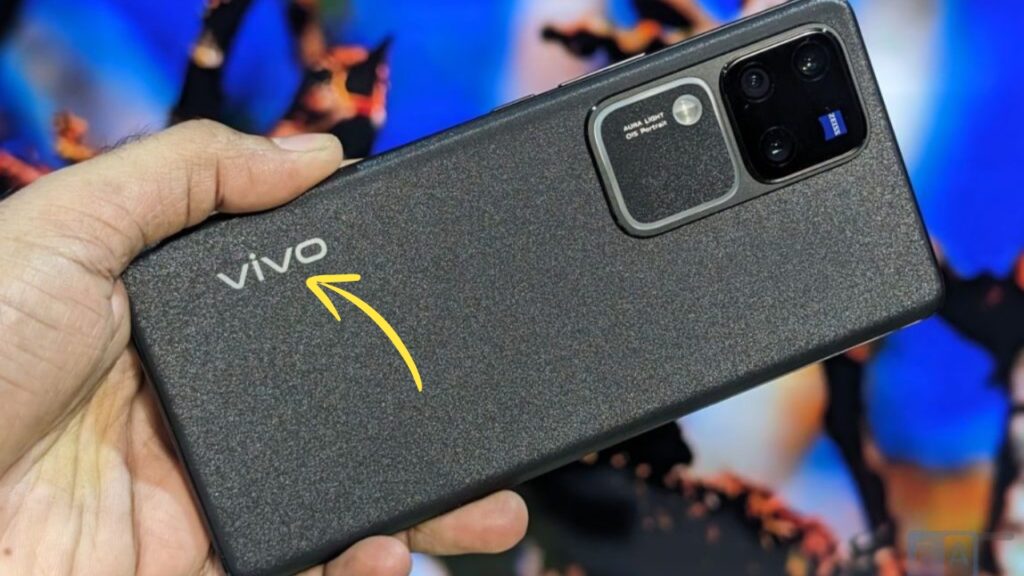New Tata Sumo: In the diverse landscape of Indian automobiles, few vehicles have achieved the iconic status and cultural significance of the Tata Sumo.
As a stalwart that served Indian families, businesses, and government agencies for decades, the Sumo became synonymous with rugged dependability and versatility.
Now, as Tata Motors continues its impressive resurgence in the passenger vehicle segment, automotive enthusiasts and industry observers speculate about the potential revival of this legendary nameplate in a modern avatar.
A Legacy of Endurance
The original Tata Sumo, launched in 1994, quickly established itself as a reliable workhorse suited to Indian conditions.
Named after wrestler Sumant Moolgaokar (a former Tata executive), the vehicle embodied strength and resilience.
Its boxy design, high ground clearance, and spacious interior made it a practical choice for large families and commercial operators alike, particularly in semi-urban and rural India where road conditions demanded robust construction.
Over its lengthy production run, the Sumo evolved through several iterations including the Spacio, Victa, Grande, and Gold variants, each bringing incremental improvements while maintaining the core DNA that made it successful.
The vehicle’s straightforward mechanicals and ease of maintenance further cemented its popularity in areas where service infrastructure was limited.
Market Gap and Opportunity
In today’s market, there exists a noticeable gap between premium SUVs and basic utility vehicles—a space the new Tata Sumo could potentially occupy.
While crossovers and monocoque SUVs dominate urban markets, there remains demand for authentic, body-on-frame multi-utility vehicles that offer genuine durability and versatility without unnecessary frills.
The success of vehicles like the Mahindra Bolero, which continues to sell consistently despite minimal updates, demonstrates that this segment still has relevance in the Indian context.
A modernized Sumo could appeal to fleet operators, rural entrepreneurs, adventure enthusiasts, and large families seeking value-oriented transportation solutions.
Design Evolution for Contemporary Appeal
A reborn Tata Sumo would likely retain some distinctive design elements that made the original recognizable while incorporating Tata’s current Impact 2.0 design language.
The boxy silhouette might be retained but with smoother edges, modern lighting elements, and more contemporary proportions.
The front fascia could feature Tata’s humanity line and tri-arrow motifs seen across their newer models, while still maintaining a utilitarian appearance.
Larger wheels with higher profile tires would balance the visual mass while ensuring the vehicle retains its all-terrain capability.
The overall design would likely aim for a balance between nostalgia and modern aesthetics to appeal across demographic segments.
Interior and Comfort Considerations
Inside, the new Sumo would need significant upgrades from its predecessor to meet current expectations.
A dual-tone dashboard with improved ergonomics, better quality materials, and essential connectivity features would be necessary without overwhelming the cabin with technology that could compromise durability.
Seating configurations would remain a key selling point, with options for seven, eight, or even nine-seater layouts to maximize versatility.
Comfort features like adequate air conditioning with rear vents, adjustable seating, and practical storage solutions would cater to the vehicle’s utilitarian purpose while providing necessary comfort for long journeys.
Powertrain Options for Modern Requirements
Under the hood, the new Sumo would likely be powered by Tata’s latest generation of diesel engines, possibly the 2.2-liter Varicor unit that has proven its reliability in vehicles like the Safari and Hexa.
This powerplant delivers a good balance of performance and efficiency, crucial for a vehicle of this category.
A manual transmission would be standard, with the possibility of an automatic option for higher variants.
Four-wheel drive capability would be essential for specific variants aimed at rural markets or adventure enthusiasts, while rear-wheel drive would suffice for urban and semi-urban applications.
Meeting current emission norms would be a significant engineering challenge, requiring modern exhaust after-treatment systems without compromising the simplicity that made the original Sumo appealing.
Tata might even consider alternative fuel options like CNG for fleet markets or even a mild-hybrid system to improve efficiency.
Safety and Technology Integration
Unlike its predecessor, a modern Sumo would need to incorporate essential safety features to meet regulatory requirements and consumer expectations.
Dual airbags, ABS with EBD, rear parking sensors, and a strong crash-tested structure would be the minimum requirements.
Technology integration would be pragmatic rather than extensive, focusing on essentials like a simple infotainment system with smartphone connectivity, steering-mounted controls, and perhaps a digital instrument cluster for higher variants.
The emphasis would remain on functionality over feature-richness.
Market Positioning and Target Audience
The new Sumo would occupy a strategic position in Tata’s portfolio, positioned below the Safari and Harrier but offering a different value proposition than the Nexon and Punch.
Its pricing would need to be competitive to attract its traditional customer base while offering enough modern amenities to justify the cost.
Primary target audiences would include rural entrepreneurs, fleet operators, government agencies, adventure tour operators, and large families in Tier 2 and Tier 3 cities who prioritize space and durability over contemporary styling and features.
The vehicle could also find takers among a niche urban audience seeking authenticity in an increasingly homogenized SUV market.
Challenges and Considerations
Reviving the Sumo nameplate comes with significant challenges. Meeting current safety and emission regulations while maintaining the simplicity and cost-effectiveness of the original formula would require careful engineering.
The shift in consumer preferences toward more sophisticated vehicles means a pure utilitarian approach might have limited appeal.
Additionally, Tata would need to balance the vehicle’s rugged capabilities with reasonable refinement to ensure it meets modern expectations for NVH levels and driving comfort.
Finding this balance without compromising the Sumo’s core identity would be crucial for its success.
New Tata Sumo
A reimagined Tata Sumo has the potential to honor its legacy while addressing contemporary market needs.
By combining the original’s practicality and durability with necessary modern updates, Tata Motors could create a vehicle that serves multiple market segments and use cases.
In an automotive landscape increasingly dominated by crossovers that prioritize style over substance, a genuine multi-utility vehicle with authentic capabilities could carve out a meaningful niche.
The Sumo nameplate carries with it decades of trust and recognition—assets that Tata Motors could leverage to reestablish presence in a segment the company once dominated.
Whether as a people mover, a rugged off-roader, or a dependable workhorse, a new Tata Sumo would represent not just a vehicle but a continuation of an Indian automotive tradition—one built on practicality, accessibility, and enduring value.
